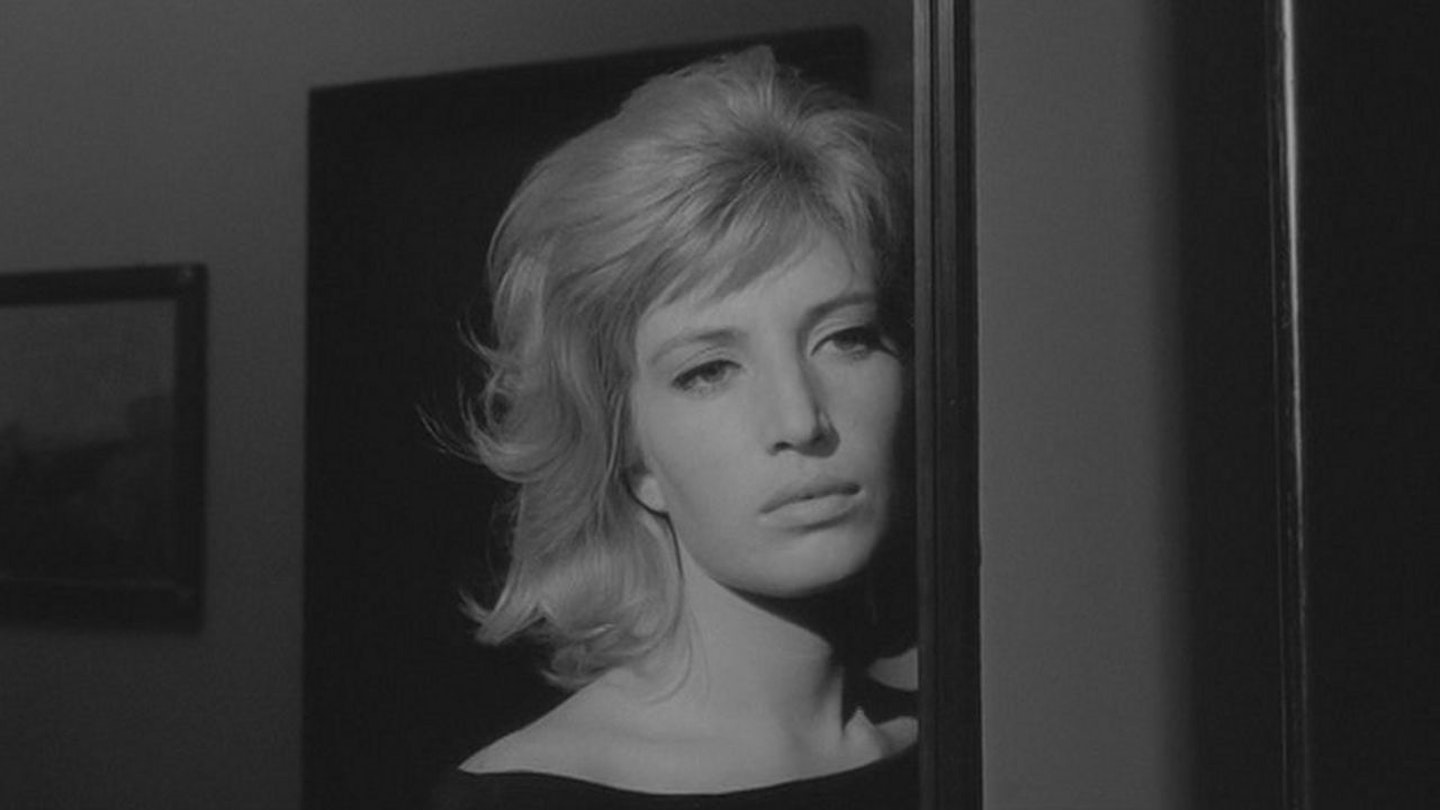Pauline Kael once dubbed this austere drama Some Like It Cold'. But the concluding part of the alienation' trilogy that commenced with L'Avventura and La Notte was never likely to be a study in emotional warmth.
At a time when French New Wavers were romanticising Paris, Michelangelo Antonioni was intent on showing that even a city as eternally vibrant as Rome could dehumanise inhabitants with seemingly everything to live for. Consequently, the setting becomes as important a character as Monica Vitti's commitment-shy translator or Alain Delon's suave stockbroker and Antonioni packs scenes of frantic activity (at the Stock Exchange and the blackface dance) or intense contemplation (Vitti's broken engagement and the aeroplane ride) with a symbolic significance that makes the isolation imposed by modernity all the more tragic.
It takes artistic courage to make a film about tedium. Federico Fellini ultimately failed to do so in La Dolce Vita, as he couldn't resist making the ennui he was satirising seem fascinating. But Antonioni is more disciplined, as the precise formalism of the opening sequence demonstrates. The juxtaposition of figure and prop is almost fanatically meticulous, with both the shifts in perspective and the contrasts between Vitti and Francisco Rabal and the décor being used to reflect the state of their relationship.
Yet, if Antonioni's style occasionally borders on abstraction, his motifs to suggest the breakdown of communication couldn't be clearer, as he utlises architecture to keep his characters apart. Moreover, he frequently films them through doors, hallways, gates, fences and windows.
But his master stroke is the non-ending, in which Gianni Di Venanzo photographs people, places and things associated with Vitti and Delon and their designated rendezvous. Antonioni even ends this allusional montage with a lookalike couple to confound our expectations before closing on a close-up of a street lamp, as if to suggest that artificiality has eclipsed what was once real. It's a deliberately ambiguous ending, as Antonioni shatters our passivity and forces us to speculate as to the couple's future.
